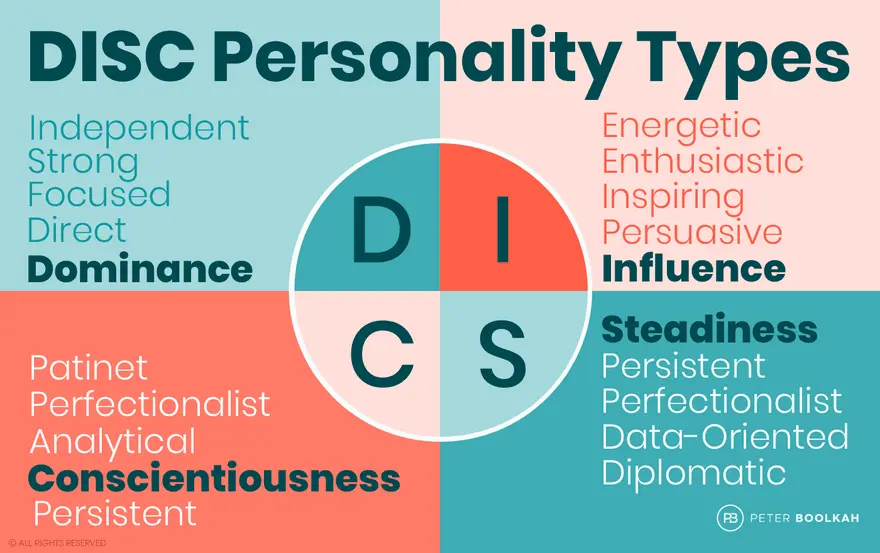Systems thinking is one of the most important management tools
- partedu

- Jul 22
- 3 min read

Systemic Thinking
Systemic thinking is a branch of the field of systems dynamics, founded in 1956 by Jay Forrester, a professor at MIT. Forrester realized that in order to test new ideas in social systems, a better method was needed—one similar to the way engineering ideas are tested. Systemic thinking enables a deeper understanding of social systems and offers a pathway for their improvement. It provides a conceptual framework for solving problems by considering both the parts and the whole.
Problem-solving in this context involves identifying patterns and structures to enhance understanding and responsiveness to issues. The outcomes of systemic thinking are highly dependent on how a system is defined, because systemic thinking examines the relationships between different components of a system.
System boundaries determine which parts are inside the system and which parts belong to the system’s environment. The environment influences the system and must be considered in problem-solving, but it is not a part of the system itself.
A system is a whole that must meet at least two criteria:
Each part must be capable of affecting the functioning or properties of the whole system.
None of the parts should be able to exert an independent effect on the system without interacting with the others.
In strategic thinking, systemic thinking represents a shift in how we view organizations.
Systemic thinking is a method of holistic thinking. Its essence lies in a shift in perspective. In other words, systemic thinking offers a conceptual framework that clarifies patterns and explains how they change effectively. Strategic thinking is shaped by a systemic mindset. A strategic thinker must always have a complete mental model of value-creating factors and understand how this chain of factors interacts.
The Core of Systemic Thinking: A Change in Perspective
Systemic thinking means viewing topics as part of a system. In short, a system is a collection of components that, through their interaction, create a whole — and the whole is incomplete without each part. Every system includes input, output, processing, and feedback.
Systemic thinking is a unique problem-solving approach in which specific problems are considered as part of a broader system. In other words, systemic thinking is a conceptual framework for addressing problems by focusing on the difficulties that arise during implementation.
Systemic thinking is the result of combining analytical thinking and synthetic thinking. It is important to note that in systemic thinking, synthesis is recommended before analysis.
What is Analytical Thinking?
We are all familiar with the analytical approach and often use it as our first strategy. Analysis means breaking a system into its components. Analytical thinking focuses on the dissection and examination of a problem, emphasizing its individual elements.
In analytical thinking, the subject of investigation is treated as a whole to be broken down. Analysis focuses on the structure of the subject and determines how systems function. Analysis generates knowledge and looks into phenomena.
What is Synthetic Thinking?
According to systemic thinking, the key features of a system emerge from the interactions between its parts, not from their isolated activities. Therefore, when we break down a system, we lose its essential properties. The system, as a whole, cannot be fully understood through analysis alone. Synthetic thinking, in contrast, focuses on the whole system and emphasizes the overall structure of a problem.
In synthetic thinking, what we want to examine is viewed as a part of a larger whole. Synthesis focuses on function, enhances understanding, and views phenomena from the outside-in.
The Story of the Elephant and the Blind Men
The famous parable of the elephant and the blind men, poetically narrated by Rumi (Molavi), offers a deep insight into the philosophy behind systemic thinking—a story also referenced in Western systems literature.
One day, several blind men encountered an elephant in a dark room. Unable to see it, they tried to understand what it was by touching it. One touched the trunk and said it was a gutter. Another felt its leg and said it was a pillar. A third touched the ear and said it was a fan.
Each had a partial view, but none could grasp the whole.
Source:Strategic Thinking by Dr. Javad Faghihipour, Dr. Meysam Keshavarz, Dr. Hamed Jannati — Darolfonoon Publishing, First Edition.




Comments